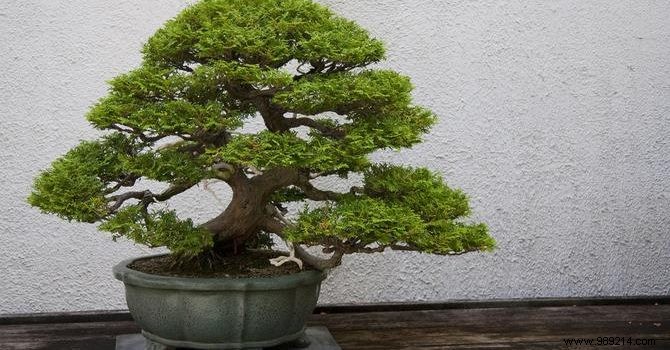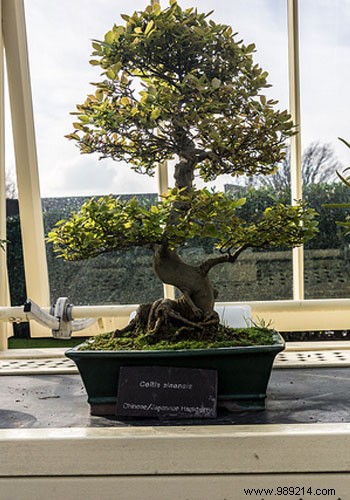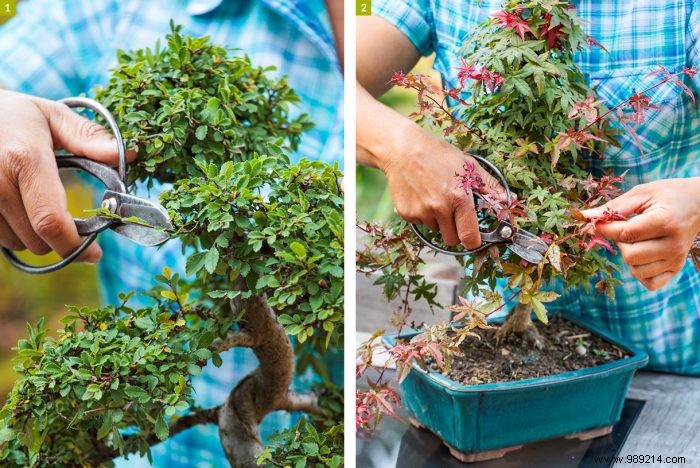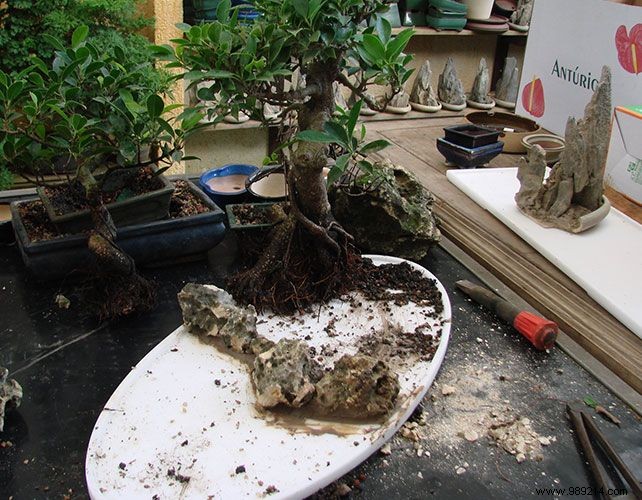
The bonsai, this dwarf tree native to Japan has all the beauty of a big one. There is a tendency to believe that trees should be placed outdoors to keep them healthy. However, the bonsai is one of those plants that can survive in the indoor climate of our homes.
In fact, there are several trees that can be grown indoors. Of the bonsai varieties, the Ficus bonsai is the easiest to care for. It is tolerant of low humidity and resistant to many things. If you are a beginner, consider choosing a Bonsai Ficus.
As a reminder, the bonsai is characterized by its small size, the height of which does not exceed more than 15 centimeters. It is therefore within everyone's reach to embellish an office or any interior space. Here are the key steps to maintain it properly.
The care of an indoor Bonsai is different from that of normal houseplants.
First, because they are planted in small pots, which limits the nutrients and water available. Not to mention the fact that they are used to a lot of light and humidity. However, these conditions are not always easy to recreate indoors.

You need it, especially with a tropical Bonsai indoors. Since the light intensity is lower in a house, this will slow down the growth.
Hence the importance of placing your Bonsai in a bright place, near a window or facing south. An artificial light source can compensate for this lack, for example, by using horticultural bulbs or LED lights for 10 hours a day.

Bonsai need a relatively high level of humidity. In order to ensure this aspect of the maintenance, it is advisable to place a wet tray filled with water near the pot.
It is also necessary to circulate the air coming from outside in the room. To do this, simply open a window during the day.

It is not a question of watering your indoor Bonsai out of habit. A tag attached to the plant usually indicates the frequency of watering.
However, this must be done according to the needs of the plant. Given the small size of the pot, it is necessary to water more often, because a Bonsai that lacks water will soon die!

In order to preserve the dwarf character of the tree, pruning is necessary.
This maintenance consists of pruning it more often, much like reproducing the incessant chattering of a goat. It consists of shortening the stems that are too long.
The pruning is done in the same way as with a hedge. This also allows you to sort out which parts to keep or which to delete.

These plants are accustomed to high temperatures throughout the year. Nevertheless, subtropical tree species tolerate noticeably lower temperatures.
In fact, they develop in the winter season, even with temperatures below the usual temperature of our living spaces.

This should be done regularly. Indeed, this is a drastic measure for a potted plant. Still, this is the best way to grow a Bonsai.
In the end, its maintenance is a paradox, because it is encouraged to grow by pruning it regularly.